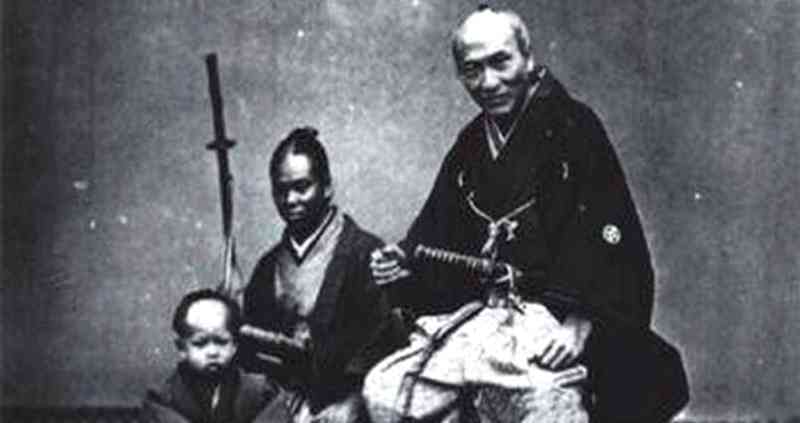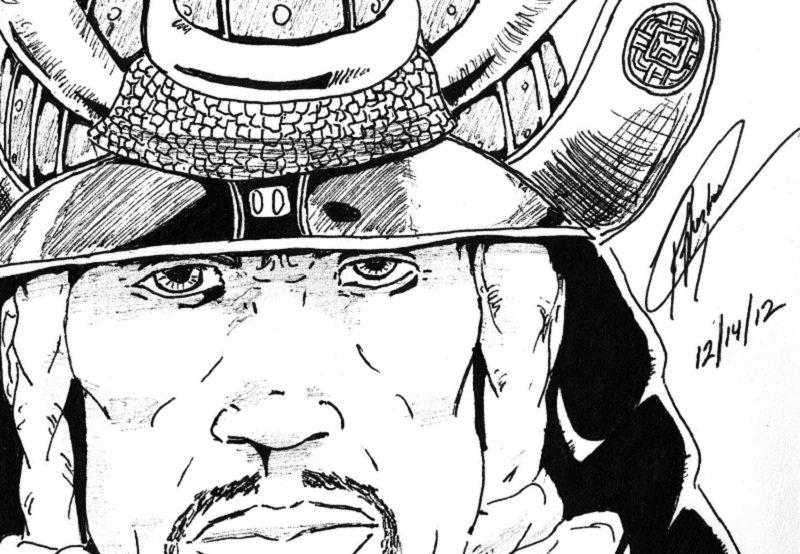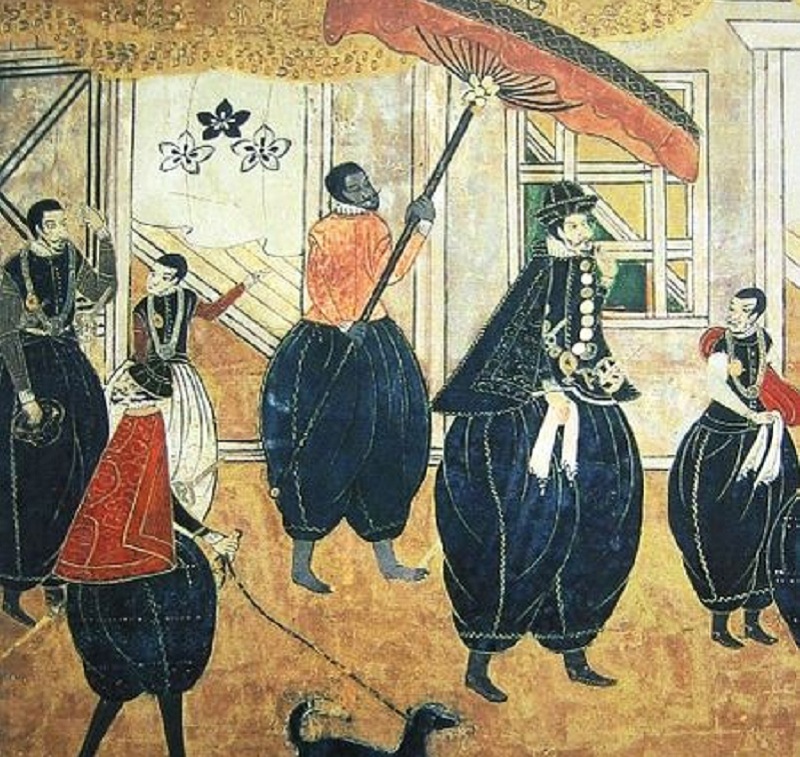The First Non-Japanese Samurai Was Actually Black


By Ryan General
January 31, 2017
There was once a black Samurai in Japan, and while he did not sport an Afro like the popular black Samurai anime character, he was no less of a badass.

In fact, Yasuke, who used to be a servant, was the first non-Japanese Samurai ever, according to François Solier of the Society of Jesus. In his book, “Histoire Ecclesiastique Des Isles Et Royaumes Du Japon“ written in 1627, Solier wrote that Yasuke was a Muslim who originated from Mozambique.
Other theories about his origins state of a possibility that he might have come from Portugal, Angola or Ethiopia. Some believe he might have once been an African mercenary for a high-ranking Indian.

A more recent claim, presented by a 2013 TV program, suggested that Yasuke was a Makua named Yasufe, although no proof was provided by the show’s producers.
By Solier’s accounts, Yasuke first set foot in Japan in 1579 accompanying the Italian Jesuit Alessandro Valignano as his servant. The priest was appointed by the Jesuit missions as the Visitor (inspector) in the Indies (East Africa, South and East Asia).
When Valignano came to the capital area in March 1581, Yasuke came along with him and was somehow caught up in an incident.

Locals, in the excitement to see him, clamored to get a closer look, only to cause a deadly stampede that killed several people. The Jesuit and his servant were able to survive the incident unharmed.
Oda Nobunaga, a powerful daimyō (feudal lord) of Japan at the time, was at a nearby temple and heard the commotion. He himself got curious about the black man and sent him an invitation. Meeting the servant in person, the warlord initially suspected that his dark skin was colored by black ink. According to written accounts, Nobunaga instructed him to strip his clothes from the waist up and was told to scrub his skin.
Finally convinced that the man’s skin was indeed black, Nobunaga eventually became fond of him. Shortly after, Yasuke ended up under Nobunaga’s service. In the records written about him, Yasuke was described as a person with a good demeanor, healthy and good-looking. A diarist would later describe his height as six shaku 2 sun (6 ft. 2 in., or 188 cm).
He was assumed to be ennobled in May 1581 when Yasuke went with Nobunaga to his castle at Azuchi. It was then that he was named Yasuke. It is believed that Yasuke could speak Japanese, since Nobunaga reportedly enjoyed talking with him.
He was also assumed to be the only non-Japanese “warrior” that Nobunaga had in his group. Yasuke, who eventually rose in status and favor, was provided his own residence and a ceremonial katana by Nobunaga. He was also assigned the duty of weapon bearer.
Regarded as one of three unifiers of Japan along with his retainers Toyotomi Hideyoshi and Tokugawa Ieyasu, Nobunaga was able to successfully gain control over most of Honshu during the late Sengoku period.
An attack by the army of Akechi Mitsuhide in June 1582 would result in Nobunaga committing the ritual suicide called seppuku in Honnō-ji in Kyoto.
Yasuke was there to fight against the Akechi forces.
Following Nobunaga’s death, Yasuke joined Nobunaga’s heir Oda Nobutada, who rallied the Oda forces at Nijō Castle.
Yasuke would then continue to fight for Nobutada for a long time. One day, however, he was forced to surrender his sword to Akechi’s men.
Akechi, chose not to kill him, saying that “the black man was a beast and did not know anything.” Akechi ordered that he instead be taken to the Jesuit church.
It is worth noting that Black people were admired rather than discriminated against in Japan at the time since the Buddha was often portrayed in black in Japanese temples.
After this, Yasuke’s further ventures were kept unknown. However, his interesting tale lives on in Japanese folklore until this day.
Who knows, maybe one day Matt Damon could play him in a Hollywood blockbuster.
Share this Article
Share this Article